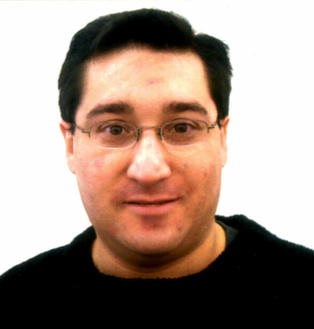 Money talks. Apparently, so does peer pressure.
Money talks. Apparently, so does peer pressure.
In just the last week, I've seen all kinds of evidence that both are going to be key to healthcare's acceptance of certain technologies and for patient’s engagement in their own care.
Beyond the obvious example of Medicare and Medicaid incentive payments for "meaningful use" of electronic health records, consider the following recent developments:
- In Australia, specialists will receive fifty percent bonuses on top of regular fees for telehealth consultations starting July 1, while general practitioners will see thirty-five percent fee increases when they monitor the patient side of a remote consultation, reports eHealthspace.org. In addition, each GP will get a one-time payment of A$6,000 ($6,375) for their first telehealth case. That's some serious cash.
- GE Healthcare is offering a $20,000 donation to the Red Cross or Red Crescent society in one country to whichever continent produces the most tweets about fitness and healthy living. The Get Fit campaign, aimed at cancer prevention, asks people from all over the world to tweet their advice with a country-specific Twitter hashtag, such as #getfit_usa for the U.S. or #getfit_ind for India.
- This week, the University of Pittsburgh Medical Center announced that it would incorporate Twitter into a new program called Trauma Team Texting (T3) to encourage real-time communication and coordination of care between patients, their families and their caregivers. "Tweeting as an integral part of the communication between patients and their families and healthcare givers can have a huge impact on improving the patient experience," said UPMC Medical Director Dr. Tony DiGioia in a press release. "As it engages all these groups in the design and delivery of healthcare, this popular cutting-edge communications technology will go a long way toward helping health professionals view care through the eyes of the patient and the family, a culture change we have been pursuing for years." UPMC is developing the program with the help of an Always Events grant from the Picker Institute in Camden, Maine.
- I recently came across this TechCrunch TV interview with Adam Bosworth about the failings of the Google Health personal health record (a project he led prior to launch) and his current company, Keas, which produces a PHR that incorporates care plans. "They basically offered a place to store data," he said of Google's mistake. "Our data shows people don’t really want a place to store data per sé. They want to do something fun and engaging. If it’s not fun, if it’s not social, why would they do it?" Bosworth said that people are more likely to practice healthy behaviors when they have reinforcement from others. He claims to have lost twenty-two pounds in eighteen weeks by walking four miles each way, four times a week, to and from his downtown San Francisco office -- thanks, in no small part, to the encouragement he received from checking in on Keas. Keas, like so many other PHRs, doesn't exactly have a big user base, but at least now someone has an idea of what it should take to get people interested.
If you don't think online communities and peer pressure are important, then you didn't read any of the glowing obituaries — like this one in The Guardian — for Dr. Ann McPherson, one of the founders of interactive patient sites HealthTalkOnline and YouthHealthTalk, which are hugely popular in the U.K. McPherson, 65, who died May 28th of pancreatic cancer, effectively made the case for health 2.0 as early as 2001, long before that phrase ever existed, with HealthTalkOnline's predecessor site, DIPEx.
Today, the not-for-profit that runs HealthTalkOnline and YouthHealthTalk has the support of British celebrities like actor Hugh Grant and musician Thom Yorke, but more importantly, it has an engaged user base. Why? Because it offers people the support they want for dozens of serious medical conditions and answers to important lifestyle questions — in plain English, not medicalese.
















